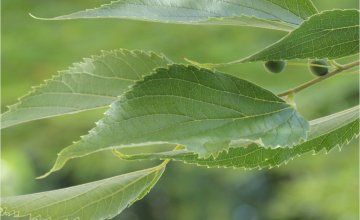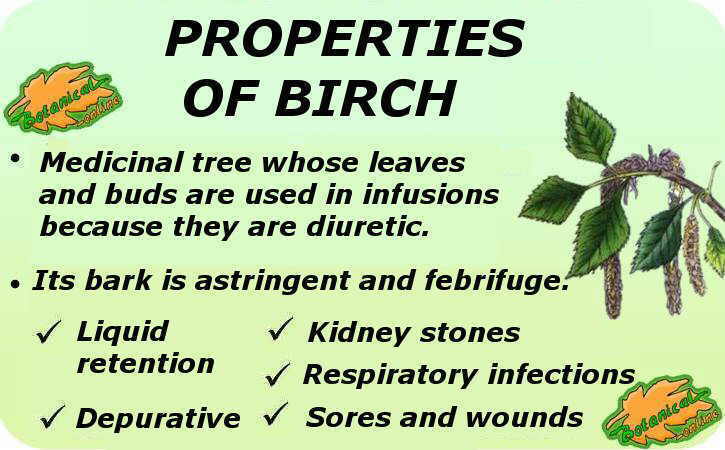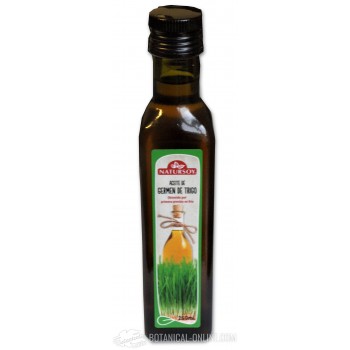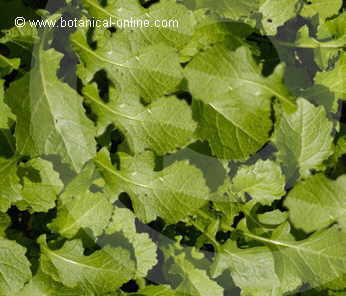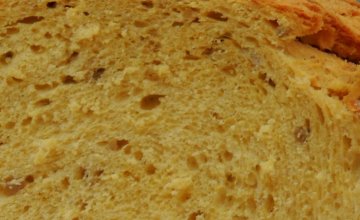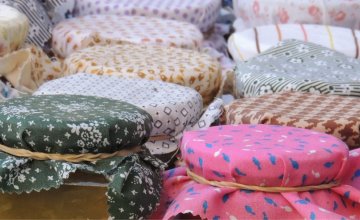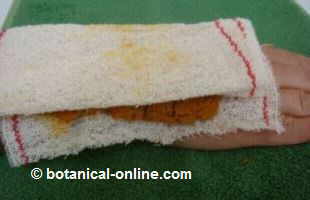How to catch or repel plants pests with ecological traps
Plants traps to cats pests or plagues
The strategy to fight pests by plants is not based solely on driving away or eliminating their enemies. Sometimes it is interesting to attract them specifically on them so that they attack the “trap-plants” and leave other “plant-crops” alone.
Thus, for example, in the war against snails that cause much damage to products from the garden, you can choose to use trap plants. The trap plants are those that attract the pests to be able to get rid of them once they have colonized the trap plant.
In the case of snails, we know that they like lettuce in particular. So we can surround a crop of vegetables with a circle of lettuce to settle on them. Once on them, we can pick them up easily.
Repelling or catching home or industrial trapping devices
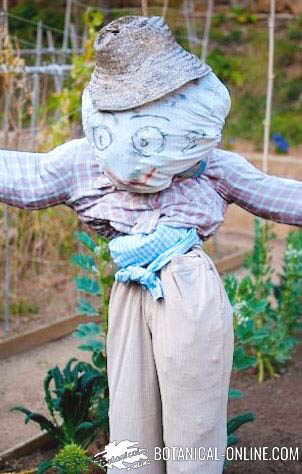
Among the traps that are used to scare or trap the harmful organisms of plants we can mention the following:
- Color traps
- Traps with adhesive products
- Cardboard traps
- Traps with honey
- Other types of traps: beer cans, music CDs, scarecrows, cassette tapes, networks or electronic repellents.
What are color traps?
They are formed by sheets of colors that attract insects. The sheets are impregnated with a sticky product where these are attached. They must be hanged from the trees. For example, the bright blue sheets attract the thrips and the yellow ones the white fly.
How to prepare a color trap at home?
These traps can be purchased at garden stores or products for plants, although they can also be made at home. This type of plants manages to reduce the number of copies of a pest, although it does not eliminate it completely.To do this, follow these instructions:
- Cut a piece of cardboard of the right color
- Cover it with plastic
- Make a hole in the top to pass a string or ribbon.
- Dampen the surface with honey, olive oil or Vaseline
- Hang it near the affected plants.
Traps with adhesive products
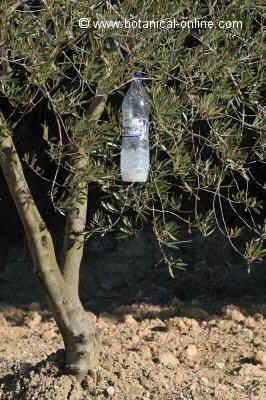
A bottle of water filled with molasses can be a good trap to trap certain insects such as the olive fly.
Cardboard traps
They are used to catch earwigs. Since these animals live hidden under the cork of trees during the day, we can create a similar habitat using a piece of wood and a strip of cardboard. Do it in this way:
- Plant a piece of wood of the same height as the plants
- Roll a strip of cardboard at its end. (Earwigs use the cardboard to enter it during the night )
- Remove the cardboard to eliminate the earwigs
Traps with honey
Ants are attracted by sugar in honey. Placing a bit of honey inside a small bottle of beer, the ants go to find the honey and stay hooked on it. Honey can be replaced by molasses or condensed milk.
Other types of traps
- Beer boats: The snails have a great attraction for beer. If we put boats half full with beer, the snails will look for it and drown.
- Music CDs: To scare the birds hang music cds in the middle of the plants with a long enough thread to allow this to be rocked by the wind. When the sun strikes the cds, there are reflections that the wind moves and the birds are scared away.
- Scarecrows: As the name suggests, a scarecrow can be useful to scare the birds.
- Cassette tapes: The cassette tapes spread by the crops move and produce a flash that frightens the birds.
- Networks: The most effective way to protect crops against birds is to cover them with nets.
- Electronic repellents: Electronic repellents for dogs and cats can be found on the market.
![]() More information on ecological treatment of plant pests and diseases
More information on ecological treatment of plant pests and diseases

